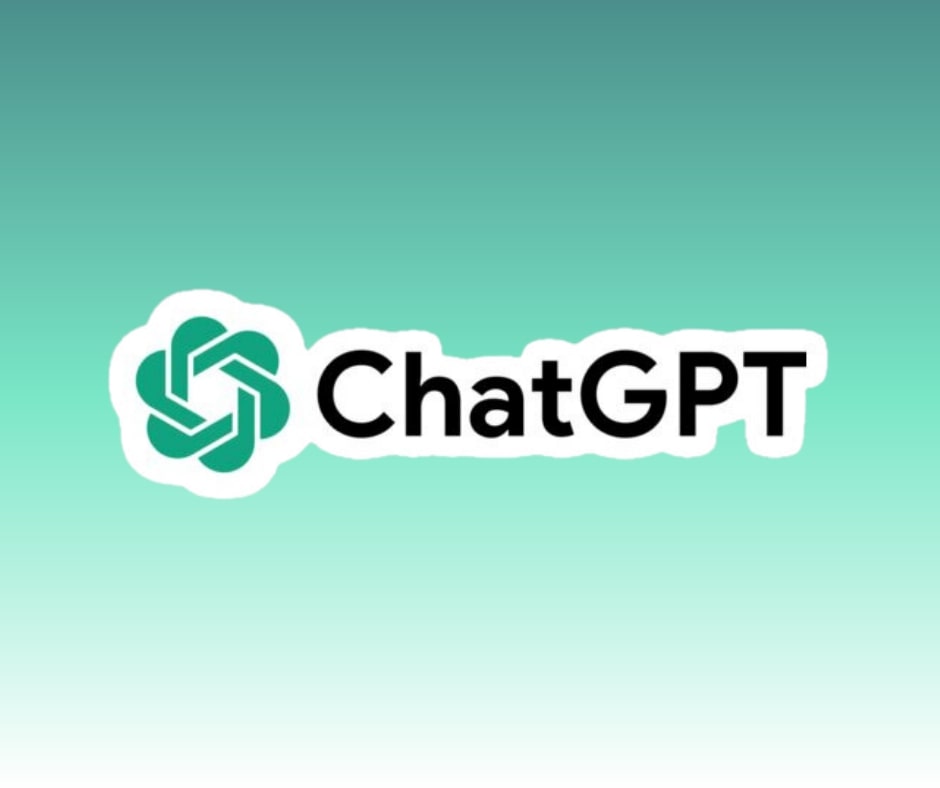ChatGPT is the newest platform to hit the AI landscape, and everyone is talking about it. From businesses to developers, this conversational technology is making waves as a game-changer in how humans interact with machines.
The most common conversations are around its ability to create natural, personalized conversations with customers—leading many to question whether AI-based chatbots could replace their jobs. From copywriters to customer service reps, the fear of being replaced by technology is becoming a reality. There’s even talk about ChatGPT replacing Google – the search giant – in the near future.
With all of that, one can’t help but wonder what makes ChatGPT stand out from the crowd. After all, there are plenty of other AI-based conversational platforms already on the market. In this article, we’ll explore the features setting ChatGPT apart and why so many are buzzing about it.
How Does ChatGPT Work?
ChatGPT is an AI-based conversational platform that uses natural language processing (NLP) and deep learning to understand user input and, based on that, create an interactive conversation. This means that the user is talking to the bot in a more natural way as if they were talking to another person—in this case, an AI-based one.
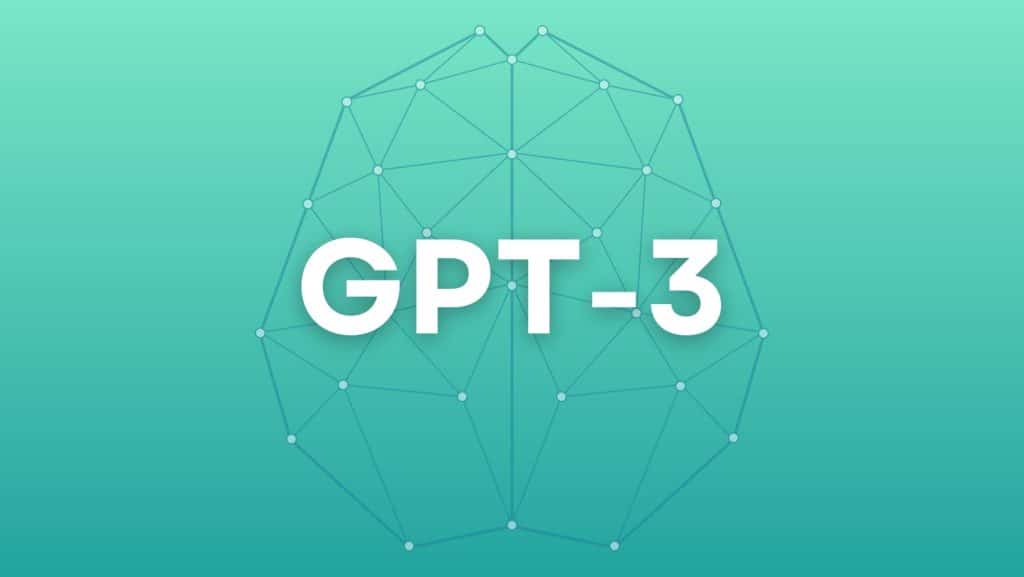
ChatGPT’s core technology is based on a neural network architecture called GPT-3, which is the most advanced language model ever created. How does it work? GPT-3 uses a generative pre-trained transformer model which can generate human-like text given an initial prompt. That means ChatGPT is trained on a massive dataset of conversations and is able to generate insightful answers that go beyond simple keyword recognition.
What Makes ChatGPT Different?
You may be thinking that there are plenty of AI-powered conversational platforms already on the market. What makes ChatGPT different? Here’s what sets it apart:
Conversational Skills
What sets ChatGPT apart from other platforms is its ability to learn how people talk and think to better interact with them. It gets smarter over time as it collects data on conversations, allowing it to improve its accuracy and offer better results.
From nuances in how people communicate to handling unexpected questions, barely anything escapes ChatGPT’s attention. Even its replies feel almost human-like.
It Retains Information
Usually, when chatting with a bot, the conversation starts from scratch each time. But not with ChatGPT. This platform has the ability to remember context, meaning it’s able to recall information it was previously told—and use that knowledge in subsequent conversations.
This means that you don’t have to explain yourself as much or repeat information already given to the bot. Instead, you can pick up from where you left off—making conversations with ChatGPT feel more natural and personalized.
For instance, if you ask it to write you a script, you can then ask it to repurpose the script for a different purpose (like a social media post), and it will utilize the information from the original script to generate new content!
Ease of Use

Taking the hassle out of conversations, ChatGPT is incredibly easy to use. Its intuitive user interface makes it possible for businesses to quickly set up and start using the platform without much effort. Plus, its cloud-hosted solution requires no additional hardware or software investment—all you need is an internet connection!
Language Support
Finally, while many conversational platforms are only able to handle one language, ChatGPT is multilingual. It currently supports 95 languages, allowing it to reach customers from all around the globe!
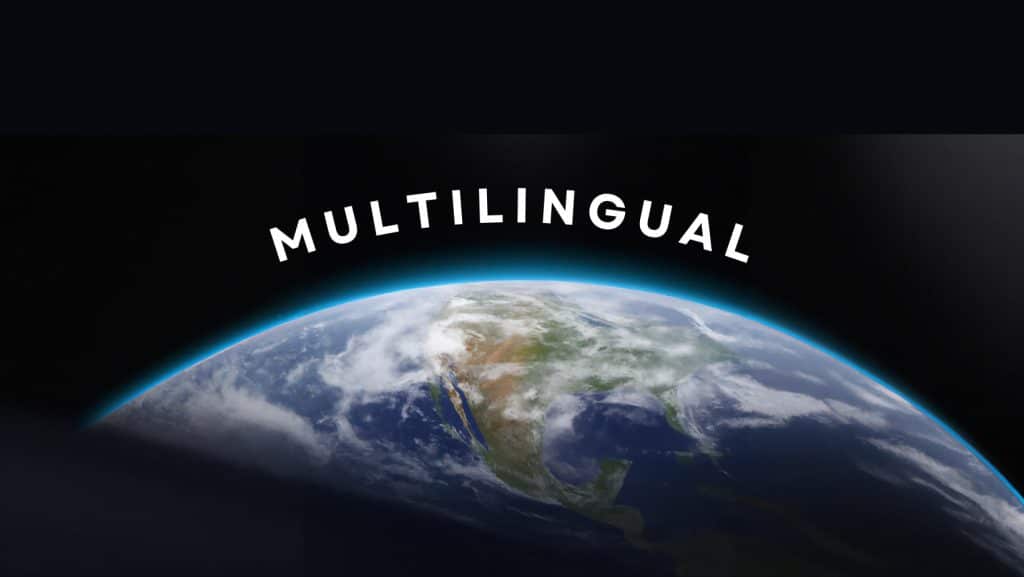
Not just that, but ChatGPT has also been exposed to various code languages during its training. This means it can not only understand conversations but write code as well—opening up a whole new realm of possibilities!
What Can ChatGPT Do?
As of now, ChatGPT can handle a wide range of use cases, from writing cover letters to debugging code. That includes almost everything else in between, so businesses can use it for customer support, FAQs and knowledge bases, research and product development, lead generation, and more.
Below are some of the most popular applications of ChatGPT:
- Dietary Advice: ChatGPT can recommend meal plans and food options based on the user’s dietary preferences.
- Fashion Recommendations: Based on a user’s style, it can provide fashion advice that is tailored to their individual taste.
- Financial Advice: It can give users helpful financial advice and tips to help them make better money decisions.
- Customer Support: As mentioned before, ChatGPT can handle customer support inquiries and provide helpful answers in real time.
- Storytelling: Whether it’s creating narratives or crafting compelling stories, ChatGPT can do it all.
- Templates: When businesses need to create content quickly, ChatGPT can generate templates and fill them with the necessary information.
- Coding: It can even write small snippets of code, making it an excellent tool for software developers and engineers.
These are just some of the many things ChatGPT can do.
The Limitations
Just like any other technology, ChatGPT also has its own limitations. Here are the biggest ones:
Data Accuracy
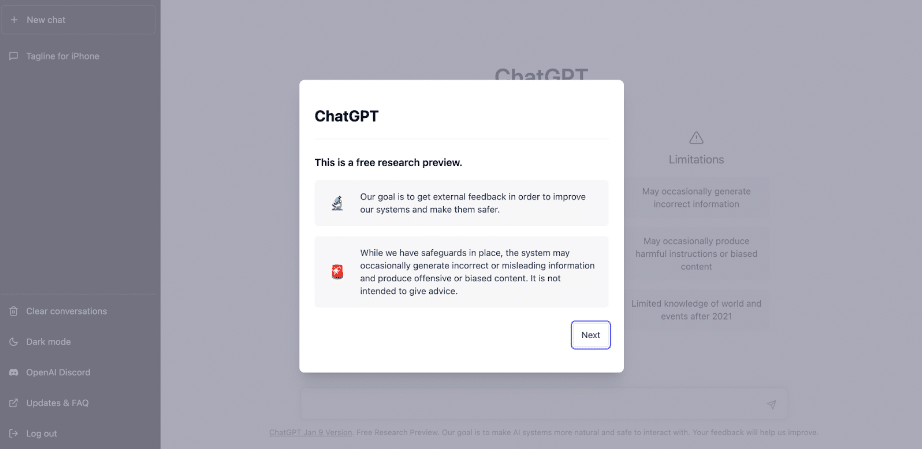
Any output that ChatGPT generates needs to be double-checked for accuracy. That’s because the tool often relies on data it scrapes from the web, which can be inaccurate or misleading. Think statistics, facts and figures, quotes, and so on—all of these need to be verified for accuracy and run a risk of being incorrect.
Limited Knowledge of Events After 2021
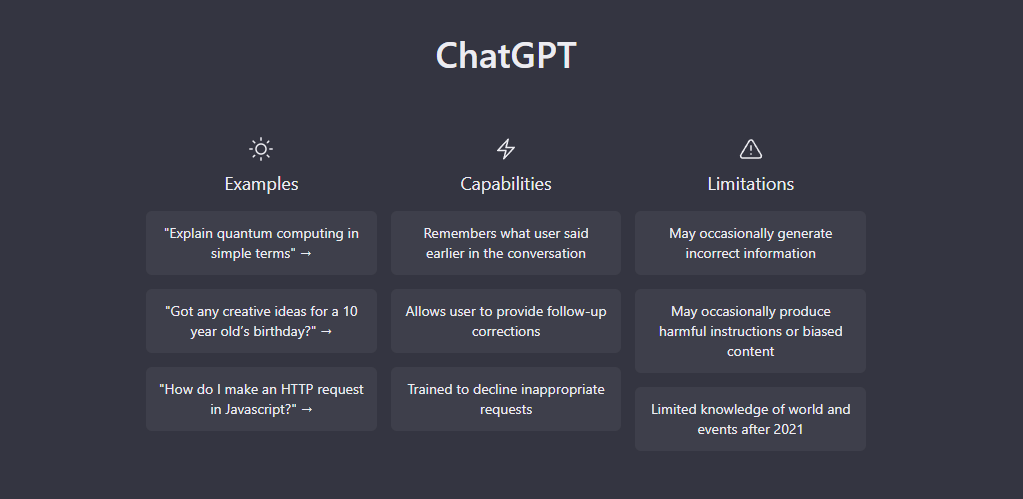
Since ChatGPT is pre-trained (isn’t updated day-to-day), it has limited knowledge of anything that happens after 2021. This means that any use cases related to current news, events, or trends will be difficult for ChatGPT to accurately understand and generate content around. Of course, this limits the tool’s usage in certain scenarios.
Biases
Due to the data it’s trained on, ChatGPT can display certain biases. For example, it might have a gender bias due to data that associates certain genders with certain roles or characteristics. This means businesses must be aware of such potential biases before using the tool for any purpose.
Lack of Sources
If you were to use the output from ChatGPT for any purpose, you need to make sure that the sources are reliable. Unfortunately, the tool doesn’t provide any way of associating its output with a source, nor does it include credits or links in its output—which can be quite frustrating because it reduces its reliability.
The Output Is Only as Good as the Input
ChatGPT’s output is only as good as the input it receives. Therefore, if you give the tool unclear instructions or incomplete information, don’t expect the results to be accurate. It needs clear and precise details to create reliable content. That means if you’re using it for something related to your business, you’d need to provide it with all the necessary information first, which can be a time-consuming process.
Content Quality
ChatGPT is a powerful tool but doesn’t always guarantee perfect results. As with any AI-generated content, the quality and readability may not always be spot-on. In some cases, you may need to make manual edits before publishing the output. Additionally, nuances such as tone of voice and conversational flow may be difficult for the tool to replicate accurately.
Will ChatGPT Replace Google as a Search Engine?
That’s highly unlikely. While both tools have their own uses and applications, they aren’t intended to do the same job.
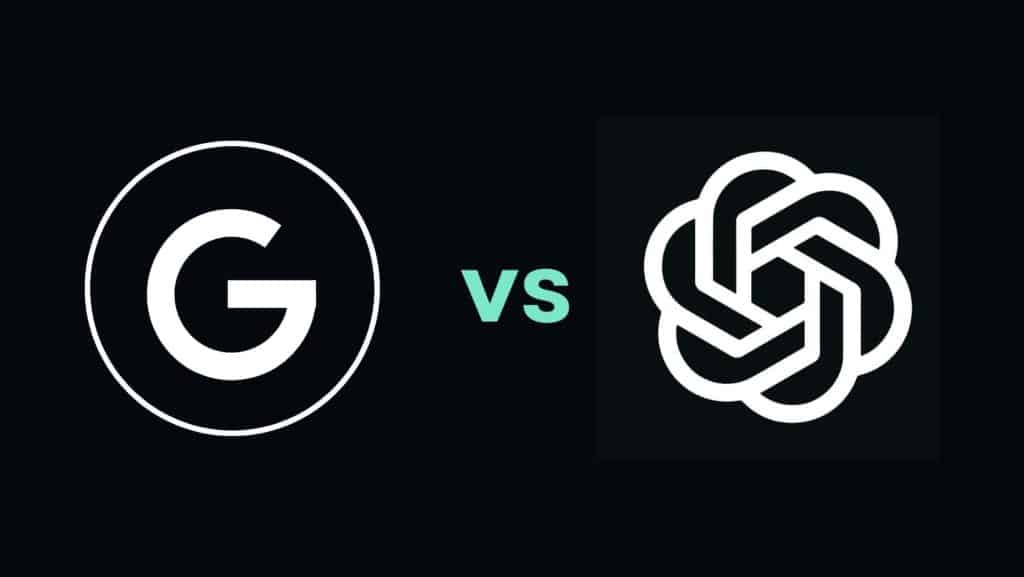
As powerful as ChatGPT is, it’s not a replacement for Google or any other search engine. It’s more of a creative tool that helps people come up with ideas and provides starting points—not an exhaustive source of information like a search engine. Remember that ChatGPT generates content based on existing data, so it doesn’t have as much of a capacity to display real-time information as Google does.
That’s in addition to the fact that Google presents you with actual links and sources along with its own algorithmically generated results, while ChatGPT doesn’t. Ultimately, it’s best to use Google for search results and ChatGPT for inspiration.
Are Jobs at Risk Because of ChatGPT?
Not really. ChatGPT is designed to be used in conjunction with the human element, so it’s not a replacement for any kind of job—it’s more of an assistant tool that can help streamline processes and make them more efficient.
At the moment, it’s helping to make it easier for people to create content by providing them with relevant starting points, but the original and unique ideas still come from actual people.
So, if anything, ChatGPT can actually be beneficial in terms of job creation—especially when you consider that businesses are always looking for new ways to streamline processes. In other words, ChatGPT isn’t going to take anyone’s jobs—it’ll just help them do their jobs better.
Can You Rely on ChatGPT for All Your Content Creation?
No. While it’s a great tool that can provide useful ideas and starting points, it’s best to use it as only one of many sources when creating content. This is for multiple reasons, including the fact that if all businesses use the same tool, their content will start to look very similar. Brands would end up being a replica of one another instead of standing out and providing value to their audience.
If anything, now’s the time to get creative–everyone is turning to technology for help, but adding a human element is still essential for making content that will stand out.
ChatGPT can provide you with the ideas and starting points necessary, but then it’s up to your team to put their own spin on them and create something unique. Try combining its output with other sources like statistics, case studies, anecdotal evidence, and real-world experiences to create truly unique and valuable.
It’s also worth mentioning that some sites will start requiring disclaimers that indicate that the content has been generated by AI (Medium, for example, has already implemented this), so be sure to keep that in mind if you decide to use ChatGPT.
What’s Google’s Take on ChatGPT?
Based on Google’s latest update to its quality rater guidelines, it looks like Google is against the idea of using ChatGPT for content creation, at least for now. The company added an extra E to its four main criteria—Expertise, Authority and, Trustworthiness (E-A-T)—and labeled it “Experience”.
Under this new criteria, Google asks its quality raters to look for content created by an “experienced author” and to rate them on the trustworthiness of their sources. This is because AI-generated content can’t be trusted as much as human-created one since it doesn’t take into account subtle aspects such as tone of voice and branding.
Under this new criteria, Google is making sure that content is being produced with some degree of experience, something that AI-generated content can’t provide. It’s favoring content created by people who have first-hand life experience on the topic at hand.
When combining that with the latest Helpful Content Update, which explicitly asks, “Are you using extensive automation to produce content on many topics?”, it’s safe to assume that Google isn’t a fan of AI-generated content, at least for now.
To Recap
The best way to use ChatGPT is as a source of creative inspiration rather than a replacement for humans. Yes, it’s beyond impressive what AI can do nowadays, but what human minds have to offer far surpasses what a machine can. When thought of as an assistant tool rather than a replacement, you can take full advantage of ChatGPT’s capabilities and expand on the ideas it provides you.
Also, it’s not yet time to fire all your writers and trust AI-generated content to do the job for you. Not only is this frowned upon by Google, but it can also lead to a lack of uniqueness and value that’s essential for brands to stand out. Instead, use ChatGPT as a starting point and let your team put their own spin on the ideas provided.
Speaking of Google, if you need help with your SEO, we’re up for the challenge. Contact us today, and let’s get your SEO game plan going. We’ll make sure that everything is up to their standards, so you don’t have to worry about it!

